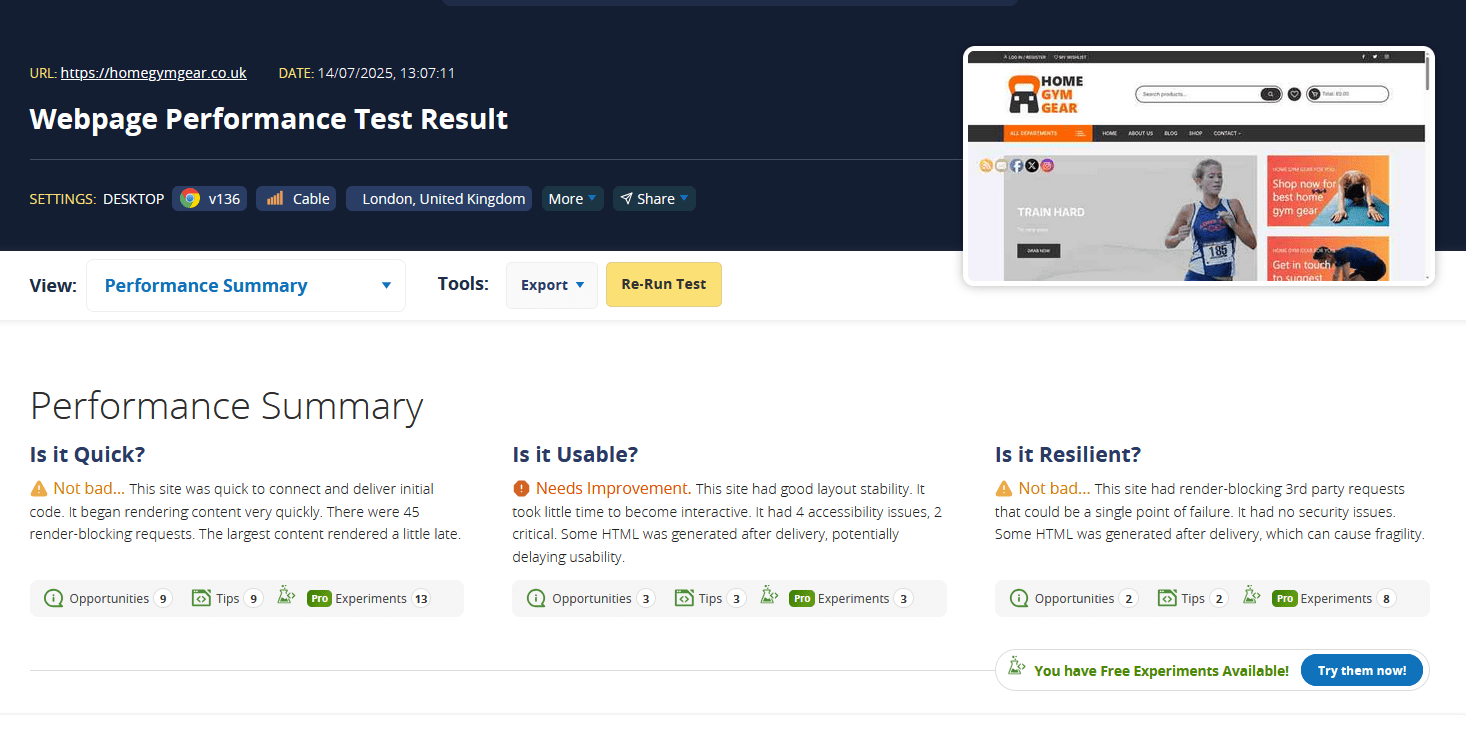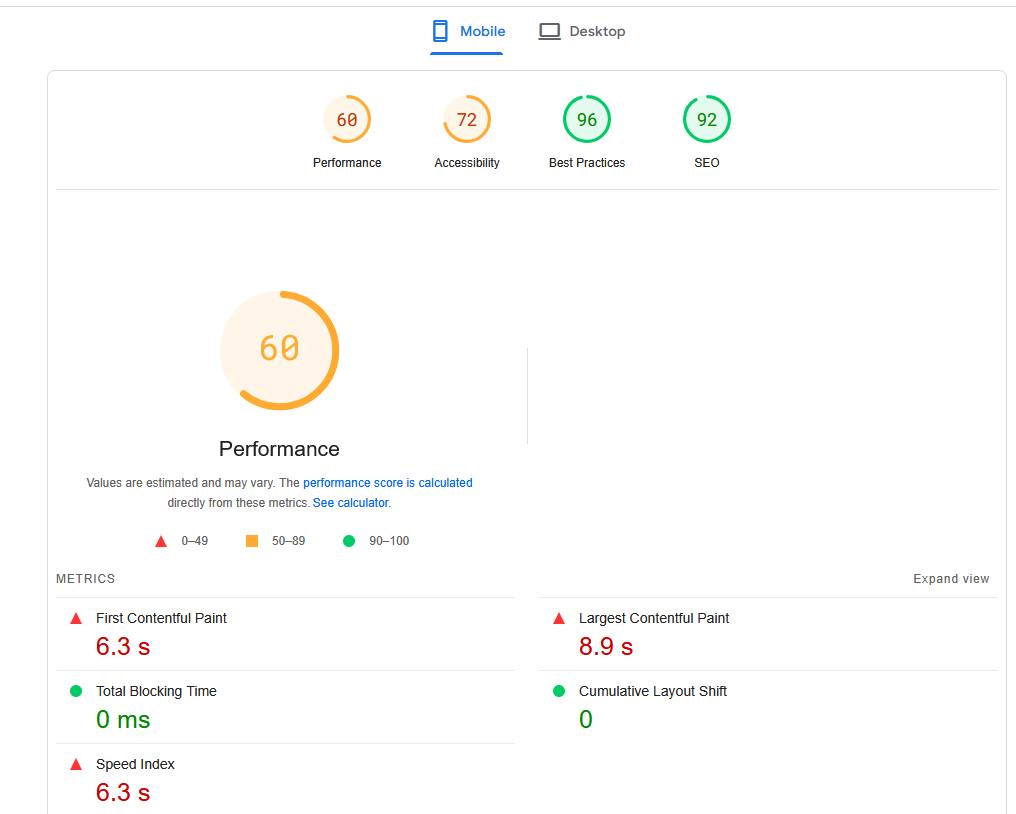Your website speed influences how users interact with your website and affects how your website ranks on search engines. Improving your website speed – how quickly it displays on a web browser – boosts the user experience and is one of the many ranking factors that Google (and other search engines) search bots assess to make decisions on where website shows in search results.
It’s not the only factor, so a slower website could still rank above your site, but it is significant and can make or break in terms of revenue and first impressions. This is particularly relevant in e-commerce websites:
- 40% of shoppers won’t wait more than 3 seconds before abandoning an ecommerce site.
- 80% of users said a slow loading website is more frustrating than a temporarily down website.
- Stress levels increase by 33% when content takes more than 6 seconds to load, the equivalent of a math test or watching a horror movie.
- Almost 70% of consumers say page speed impacts their willingness to buy from an online retailer.
- Half of online users surveyed say they’d prefer to miss out on animation and video if it meant getting faster load times.
- Sites that appear on the first page of Google search results take an average 1.96 seconds to load. This means the better your speed, the better your Google ranking.
- 83% of people expect websites to load in 3 seconds or less.
- 73% of consumers would likely try an alternative site if the one they were on was too slow.
Even if you don’t have an e-commerce website, these are relevant lessons for any business website. Website speed creates that vital first impression and sometimes that is all you get.
We will cover techniques and actions for improving website speed in future blog posts but firstly you need to know your current website speed so you can assess improvements.
Measuring website speed
No one now need sit in front of a screen with a stopwatch. There are numerous free and premium tools that can give you a website speed score. Don’t discount perception too.
Do an initial check on multiple devices and connection types
Try out your website on various devices using broadband connection, Wi-Fi and mobile data just to get an initial impression of how quickly your website loads. This is unscientific but gives you a quick impression of how quickly your website loads.
Google’s PageSpeed Insights online tool
Pagespeed insights is tool produced and maintained by Google Developers.
PageSpeed Insights (PSI) reports on the user experience of a page on both mobile and desktop devices, and provides suggestions on how that page may be improved.
PSI provides both lab and field data about a page. Lab data is useful for debugging issues, as it is collected in a controlled environment. However, it may not capture real-world bottlenecks. Field data is useful for capturing true, real-world user experience – but has a more limited set of metrics.
GTmetrix
GTmetrix has a free and premium website speed checker and a lot more features than Google’s PageSpeed.
Test your page in different locations, monitor and set up Alerts, configure Analysis Options and more with a free GTmetrix account.
A PRO account (prices start at $4.25 per month) provides additional features such as alerts and on-demand.
Solar Winds Pingdom
Pingdom Website Speed Test enables you to enter a URL to test the page load time, analyze it, and find bottlenecks. As with GTmetrix there is a free quick website speed checker and premium accounts which provides features including:
- Transaction monitoring
- Page speed monitoring
- Uptime monitoring
Web Page Test
Web page test runs another free and premium model where you can test your user’s real experience with global locations, modern devices, and the latest browser versions.
Get in touch with Dinesh on 07941 686113 or contact us if you need help on web design, web hosting, SEO services or domain names.
Further reading
https://queue-it.com/blog/ecommerce-website-speed-statistics/








